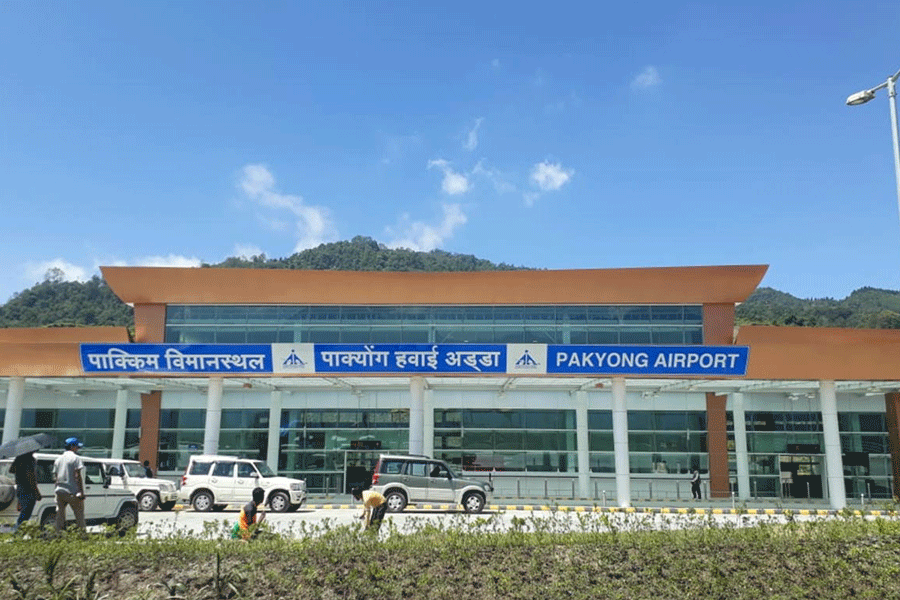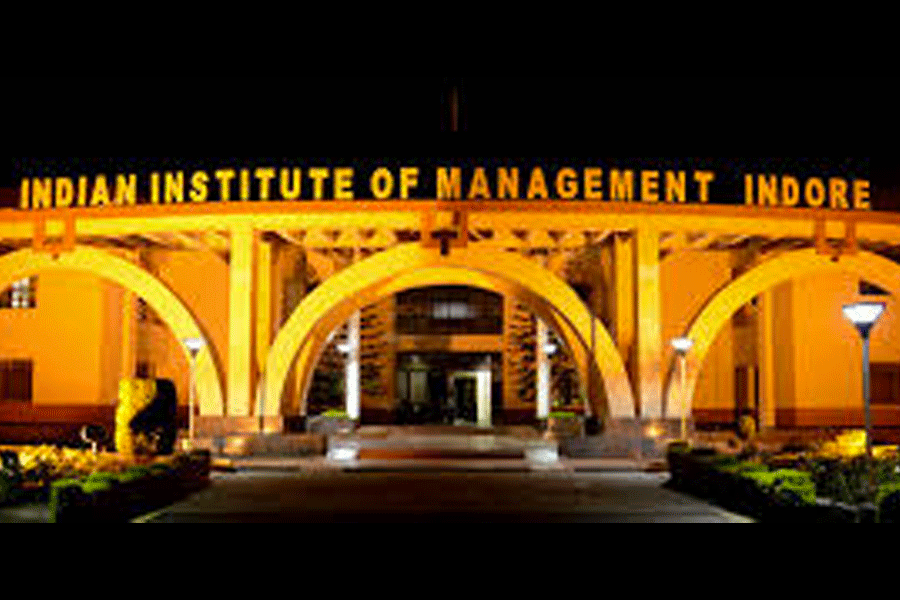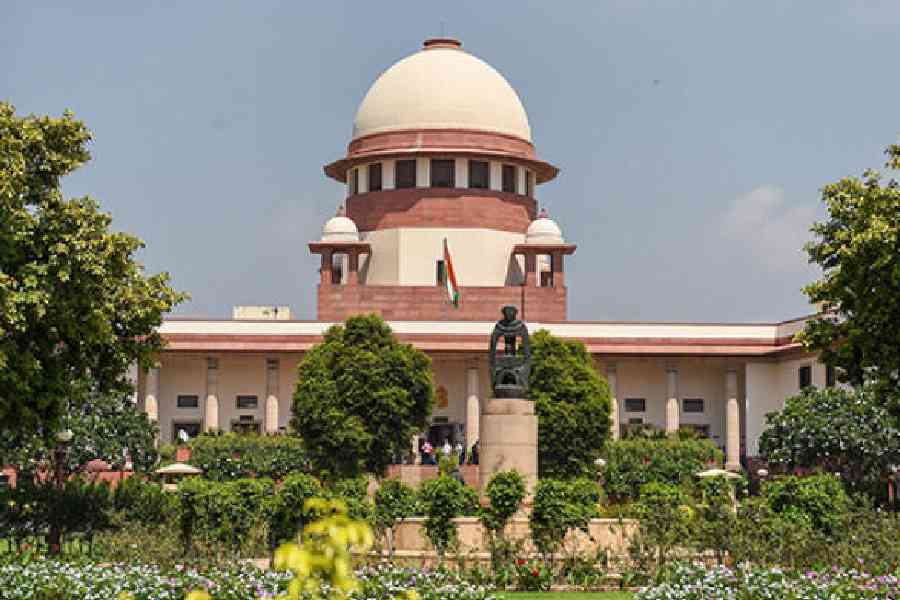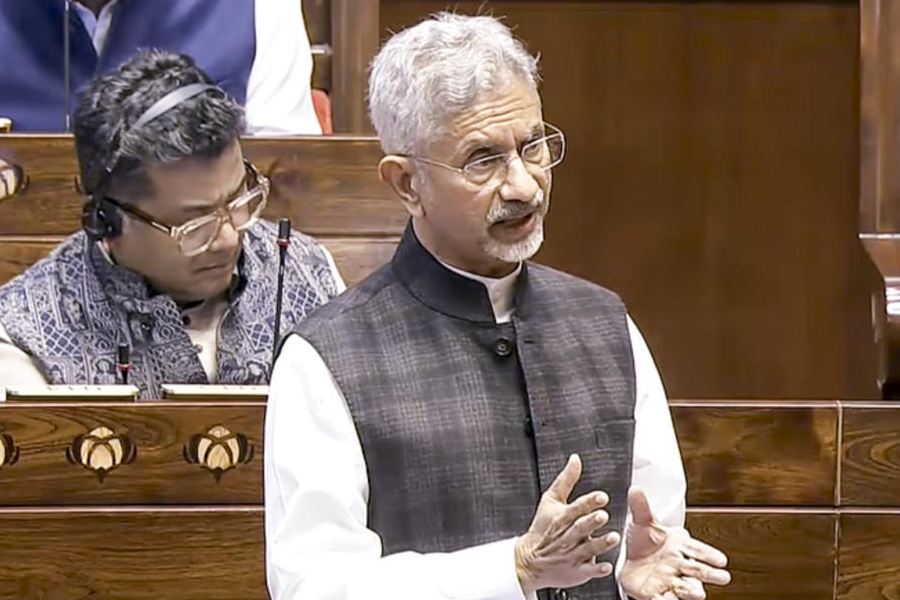A high-level meeting to address the resumption of flight services at Pakyong Airport in Sikkim was held in New Delhi on Tuesday, chaired by Minister of State for Civil Aviation Murlidhar Mohol.
The meeting, convened at the request of Sikkim’s lone Lok Sabha MP Indra Hang Subba, took place at Udaan Bhawan and brought together senior officials from the Ministry of Civil Aviation and representatives from SpiceJet, IndiGo, and Alliance Air.
Pakyong Airport, inaugurated by the Prime Minister in September 2018, has faced prolonged service disruptions, with flights suspended since June 2024.
According to Airport Director Balasaheb Pote, who presented at the meeting, recent developments and infrastructure enhancement plans are underway to ensure sustainable, long-term operations.
Subba stressed the airport’s “strategic importance” in connecting Sikkim with the rest of the country, noting the “adverse impact” of the suspension on “people, tourism, and economic activities” in the Himalayan state.
He highlighted that the lack of consistent air services has affected both residents and visitors, hampering the region’s growth.
The meeting also discussed operational challenges, including unpredictable weather, the need for suitable aircraft, and more reliable flight schedules.
MoS Mohol assured “full support” from the Ministry in working with airlines and stakeholders “to expedite flight restoration”.
Airline representatives expressed readiness to coordinate with authorities for dependable, long-term services.
However, the road—or runway—to revival is not without hurdles. C.S. Rao, Additional Chief Secretary of Sikkim’s Tourism and Civil Aviation Department, explained why consistent operations have remained elusive since the airport’s opening.
“Actually, SpiceJet, they got that deal under UDAN. Their position is not good. They are not in a position to operate their normal flights also. They have some crisis going on,” he told India Today NE.
Rao said the airline was unwilling to commit to year-round services, preferring to operate only during the tourist season.
“They said they can operate for a month and then stop again. I am not in support of such a decision. Better not to start it at all if it is not going to continue,” he said, adding that seasonal flights benefit tourists but not local residents.
Since 2018, flights from Pakyong have been sporadic—operating for less than a third of the days in a year, by Rao’s estimate.
A key constraint is the airport’s 1.75 km runway, which can only accommodate smaller Bombardier Q400 aircraft. Larger Airbus and Boeing jets cannot operate on it, and most airlines lack Q400s in their fleets.
“We have requested the Ministry of Civil Aviation (MOCA) to support us. We even asked them, why not buy one Bombardier Q400 for Pakyong operations?” Rao said.
A possible long-term solution would be extending the runway to 2.5–2.8 km, enabling larger aircraft to land. “That would solve a lot of our problems,” Rao noted.
Concluding the meeting, Subba expressed gratitude to the central minister, ministry officials, and airline representatives for their commitment to restoring this critical air link, saying he hoped the discussions would soon translate into concrete steps for regular, reliable services at Pakyong Airport.











